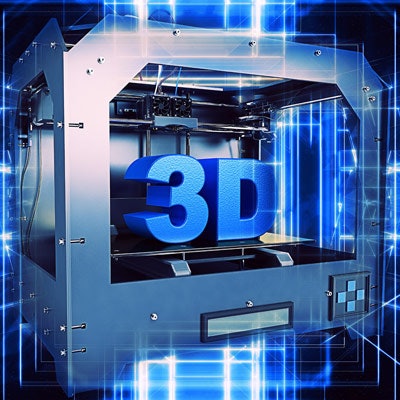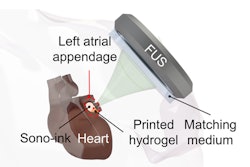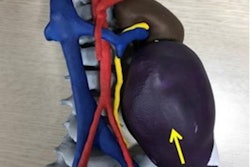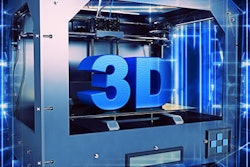
How useful is in-house 3D printing and how much does it cost? Researchers from the University of Cincinnati analyzed a whole year of service and shared their results in an article published August 18 in the Journal of American College of Radiology.
After the radiology department at the University of Cincinnati Medical Center launched a 3D-printing clinical service in early 2020, a team led by Prashanth Ravi, PhD, collected all costs and assessed the clinical utility of every patient-specific anatomic model printed by the service.
"Comprehensively collected data over the first one year of 3D printing anatomic models in an adult teaching hospital yielded a new metric that benchmarks clinical utility for 3D printing across clinical indications," the authors wrote.
The clinical 3D-printing service was launched in February 2020, separate from the 3D services such as image reformation and volume rendering that were already provided by a combination of dedicated hospital-based imaging technologists and industry outsourcing, according to the researchers. A dedicated email address was provided to specialists to request 3D-printed anatomic models.
For the next year, the researchers prospectively collected all 3D-printing activities relating to the new clinical service during weekly 3D-printing multidisciplinary meetings and then retrospectively reviewed these activities to assess the clinical utility and cost.
In their analysis, they included costs for human resources, hardware (purchase price and depreciation), software, and supplies/materials. They then calculated the total cost per anatomic model by dividing all costs by the number of requested models.
They also calculated a "focused" cost that excludes estimates for human resource costs for nonclinical 3D-printing and hardware depreciation and an "outsourced" cost that projects costs if the actual model printing had been outsourced to a company (Stratasys).
A total of 78 patients were referred for a 3D-printed anatomic model over the first year. These referrals encompassed 11 clinical indications. The total cost for the service for the year was $213,450.
| Cost estimates per requested 3D-printed anatomic model | |||
| Outsourced cost | Focused cost | Total cost | |
| 3D model cost | $2,467 | $2,180 | $2,737 |
For the 68 patients who received a procedure, the researchers asked the specialists who requested the model to fill out seven 5-point Likert statements to rate the utility of the 3D-printed model and estimate the procedure room time it saved them. The mean Likert answer was 4.5.
Based on the Likert score responses, the study authors derived a utility metric called Anatomic Model Utility Points (AMUP), which ranged from a minimum utility score of 0 (lowest utility) to 500 (highest utility). The models had a mean AMUP of 312 ± 57, with a range of 200-450 AMUPs.
The 3D-printed model saved a mean estimated time of 29.9 ± 12.1 min (range, 0-60 min). Based on the estimated $97 cost per minute for procedure rooms at the University of Cincinnati Medical Center during the study period, that translated into a mean cost savings of $2,900 per procedure for the 68 patients.
"Utility and cost benchmarks for anatomic models 3-D printed in a hospital can inform health care budgets," the team wrote. "Realizing pecuniary benefit from the procedure time saved requires future research."



















